#Brachyura
Explore tagged Tumblr posts
Note
Pompom crab? 👀


It looks like there are 9 species of pom pom crab! The photos for this poll are specifically of Lybia tessellata.
#indo pacific#pom pom crab#boxer crab#cheerleader crab#malacostraca#decapoda#brachyura#xanthidae#crab#crabs#crustacean#animal polls#poll blog#my polls#animals#polls#tumblr polls
59 notes
·
View notes
Text


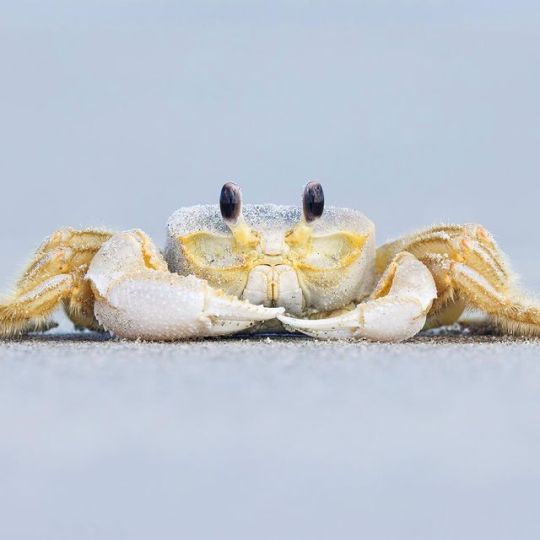
Atlantic Ghost Crab
#atlantic ghost crab#crab#Ocypode quadrata#Malacostraca#Decapoda#Pleocyemata#Brachyura#Ocypodidae#Ocypode#upl
258 notes
·
View notes
Text
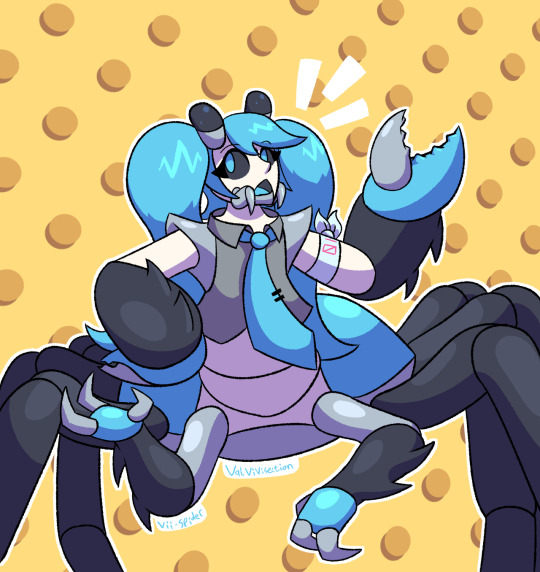
doing a mermay-style thing focused on bugs this may! so...
may-fly 2nd: hatsune michura
i'm the number one "crustaceans are bugs" proponent, so, what better way to start off may-fly than with a crab? more info n stuff under the cut!
michura is, obviously, based on a crab! she isn't any one specific species or clade, i just kinda took the general look of a crab and put miku into it. her name comes from miku (duh) and brachyura, which is the infraorder under decapods that all so-called "true crabs" fall into
the idea for this came from when, a couple days ago, i just Completely misinterpreted miku fanart i saw on twitter, and thought she had crab eyes. immediately fell in love with the idea after hastily scribbling this out on my phone at like 12:30 in the morning

so! i had to learn crab anatomy for this. and it is. fucked up.
first and foremost: understanding how the hell their faces work. surprisingly, it's not as complex as you'd think. those rectangular "jaws" you see?
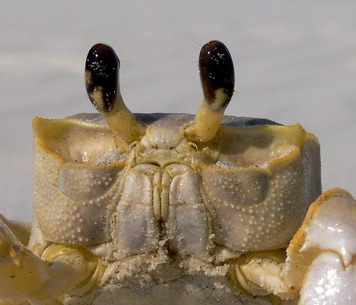
yeah, those are a pair of modified legs, neatly folded up, called maxillipeds. all the other mouthparts (including two other pairs of maxillipeds!) are tucked away behind those. so, thankfully, i only needed to give michura one pair of maxillipeds if i wanted to be particularly accurate!
something else i've learned that people tend to get wrong is how crab claws work. most people draw them opening from both sides, with a jagged and sometimes even hollow inside. but if you take a look at them on a real crab...
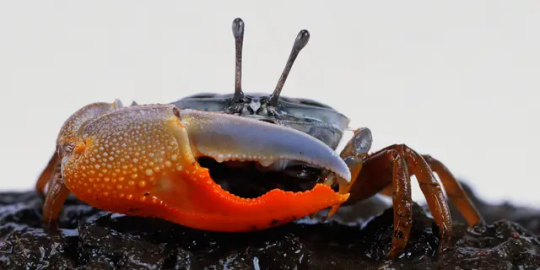
see that divide between the lower and upper "fingers?"
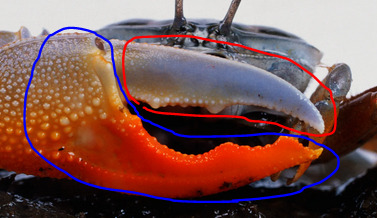
that's because only the top part of a crab's claw can move! the bottom part is just an extension of the "wrist" segment!
as for what's up with her arms... well, it's simple, really. i wanted to keep the claws because that's what crabs are known for, but i also wanted her to have more dexterous grasping appendages. originally both pairs of arms were on the torso, which was... more than a bit cluttered. i almost completely ditched the second pair, until-
"why not do two smaller front legs?"
in reference to how people give spider characters those weird stupid chelicera/palp/leg things. while i despise it on spiders... it's actually pretty in-line with how crabs are built, given their claws are just modified front legs! so, naturally, instead of putting the claws down there, i moved her hands down to where her frontmost legs would be, because i thought that would be kind of funny. i think it was a good call, honestly! since, i'd argue it's better for the more precise and dexterous grasping appendages to have the wider range of motion, and be able to reach the ground more easily, and i think it gives the design that "fucked up kind of weird" factor i really really like
uhhhh tldr, crab miku. i learned some stuff about crab anatomy in drawing her and now you have too
#my art#may-fly#hatsune miku#miku fanart#crab#crab girl#hatsune michura#cw bugs#sorta#crustaceans#brachyura#vocaloid#vocaloid fanart#btw may-fly isn't daily#i'm gonna try to do something once every ~4 or so days#since i have finals next week and don't want to be totally unable to draw when i “should”#so expect the next may-fly post around like#the 6th or so
66 notes
·
View notes
Text
Vampire Survivors

As with other bosses in the Ode to Castlevania DLC, Brachyura originally appeared as a boss in that series, specifically first appearing in Castlevania: Order of Ecclesia.
11 notes
·
View notes
Text
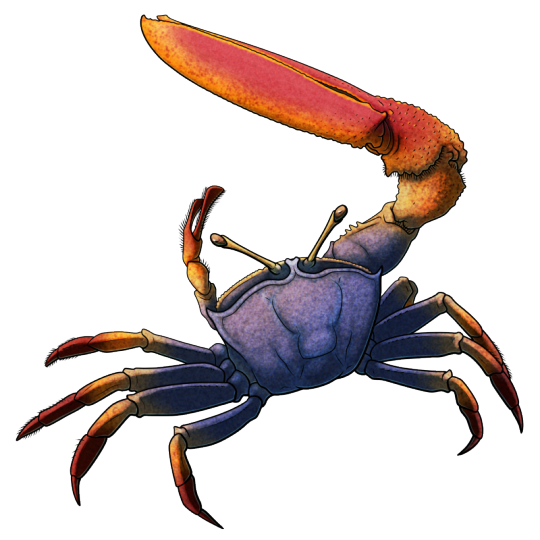
Strange Symmetries #20: The 16 Million Year Fiddler Crab Rave
Many decapod crustaceans have slightly asymmetrical pincers, often with one claw being chunkier and specialized for "crushing" while the other is more slender and used for "cutting".
But fiddler crabs take this sort of asymmetry to the extreme as part of their sexual dimorphism – males have one massively oversized claw, which is used for both visual display to potential mates and for physical fights against rivals.
Some of the earliest fiddler crabs are known from the Miocene of what is now northern Brazil. Although the fossils have been given several different taxonomic names since their discovery in the 1970s (including Uca maracoani antiqua, Uca antiqua, and Uca inaciobritoi) they're currently considered to be indistinguishable from the modern Brazilian fiddler crab, Uca maracoani, meaning that these crabs have remained externally unchanged for the last 16 million years.
Up to about 4cm in carapace width (~1.6"), modern Uca maracoani are found in coastal mangrove swamps and tidal mudflats around the northern and eastern coasts of South America – and some of these environments have also undergone little change since the Miocene. Males of the species can develop their enlarged pincer on either side of their bodies, with lefties and righties seeming to occur in equal numbers.
———
NixIllustration.com | Tumblr | Twitter | Patreon
#science illustration#strange symmetries#paleontology#paleoart#and also not paleoart#palaeoblr#uca maracoani#brazilian fiddler crab#fiddler crab#ocypodidae#brachyura#crab#decapod#crustacea#arthropod#invertebrate#living fossil#art#crab rave
324 notes
·
View notes
Text
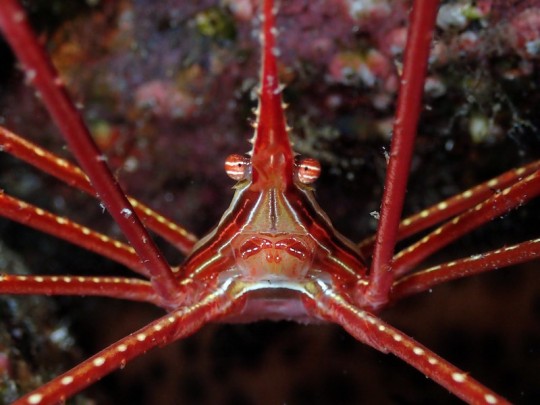
An arrow crab (Stenorhynchus lanceolatus) in Lanzerote, Canary Islands
by Verheyen Stefan
#arrow crab#crabs#crustaceans#stenorhynchus lanceolatus#stenorhynchus#inachidae#brachyura#decapoda#malacostraca#crustacea#arthropoda#wildlife: canary islands#wildlife: spain
164 notes
·
View notes
Photo
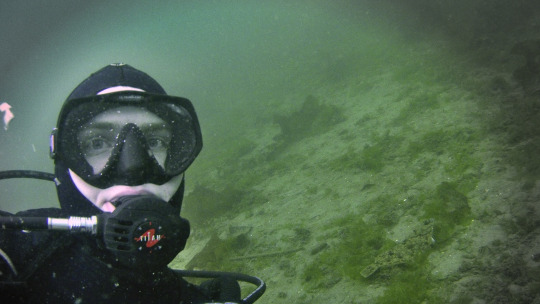
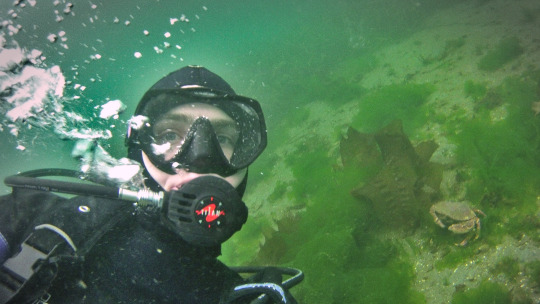
Shellfies with a handsome rock sole (Lepidopsetta bilineata) and a red rock crab (Cancer productus)
#cancer productus#red rock crab#lepidopsetta bilineata#rock sole#flatfish#crab#brachyura#cancridae#pleuronectodae#puget sound#pnw#whulge#underwater photography#scuba#diving#wa#washington#marine biology#tacoma#les davis#salish sea
105 notes
·
View notes
Text



Fiddler Crab
Sighted at Pulicat lake, Tamil Nadu, India
#I'm not sure what species it is though#not birds#cool animals#crab#fiddler crab#decapoda#Pleocyemata#Brachyura#Ocypodoidea#Ocypodidae#wildlife#wildlife photography#photography#animal photography
13 notes
·
View notes
Text

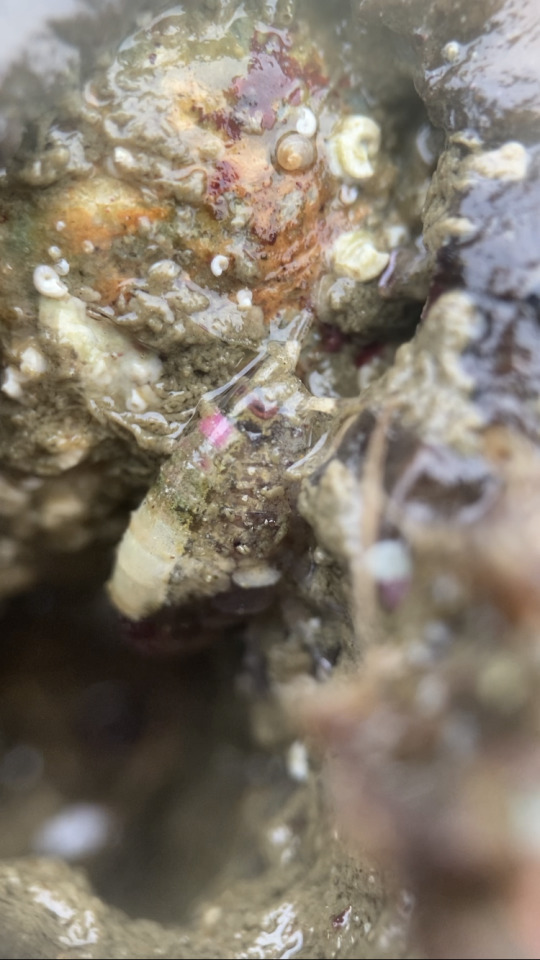
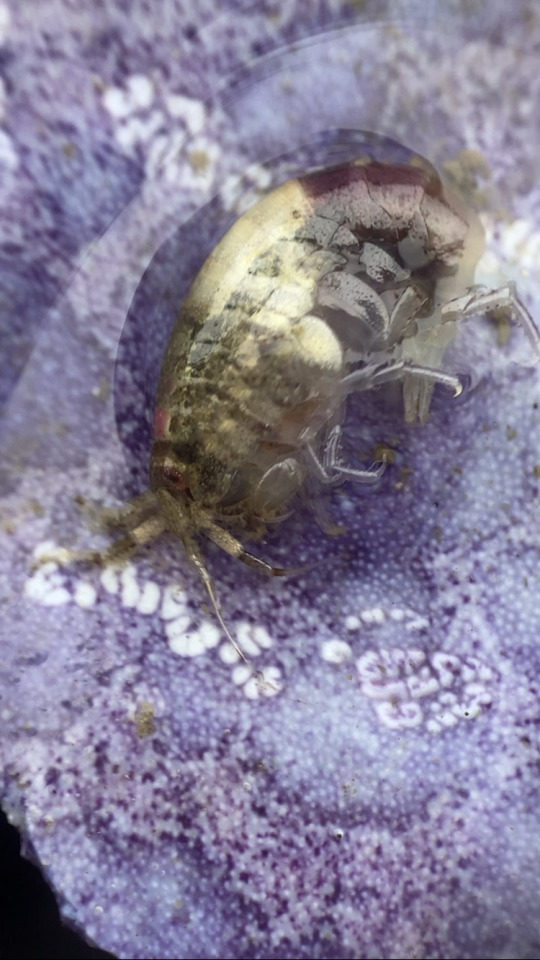
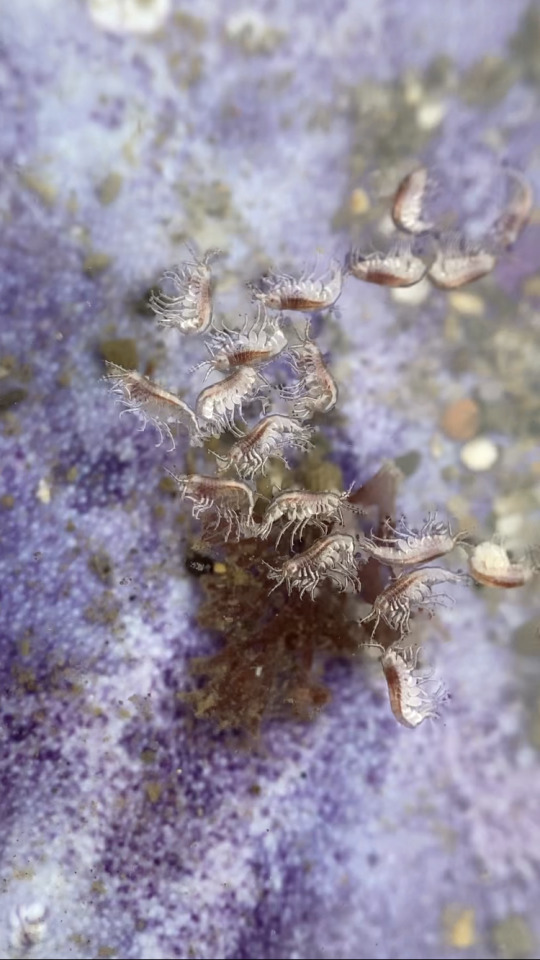
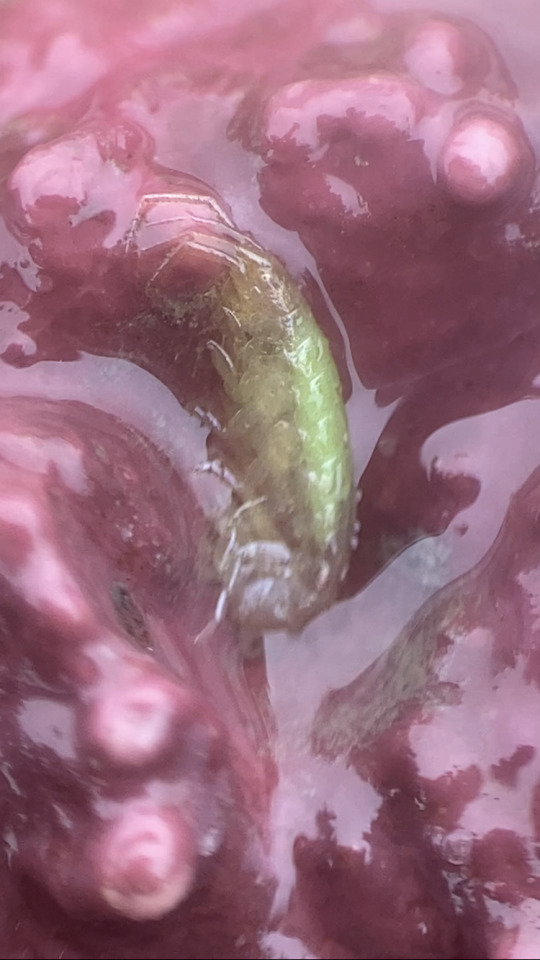
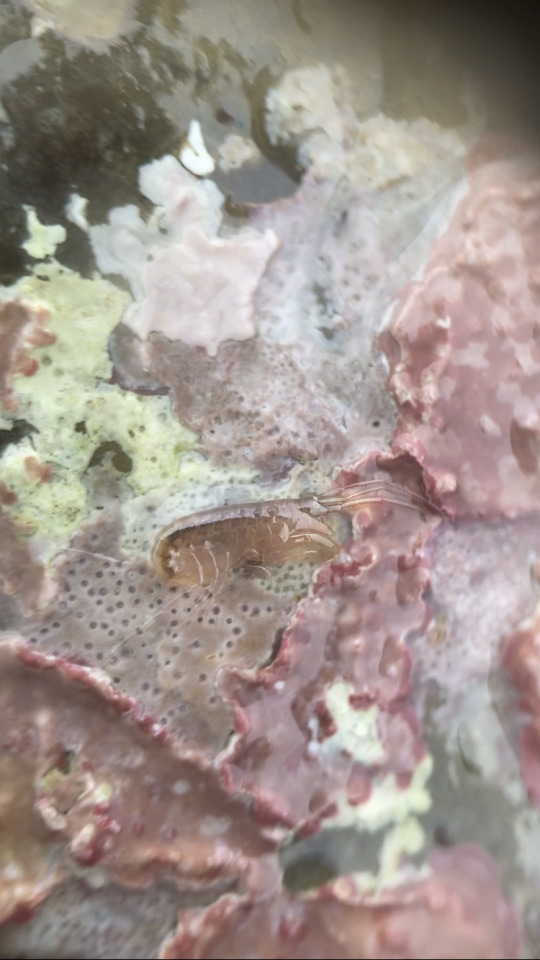
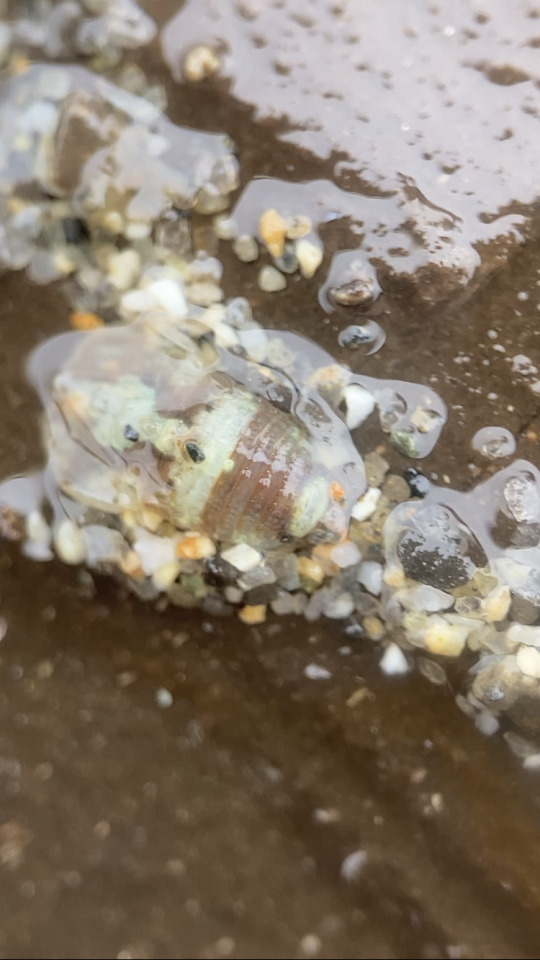
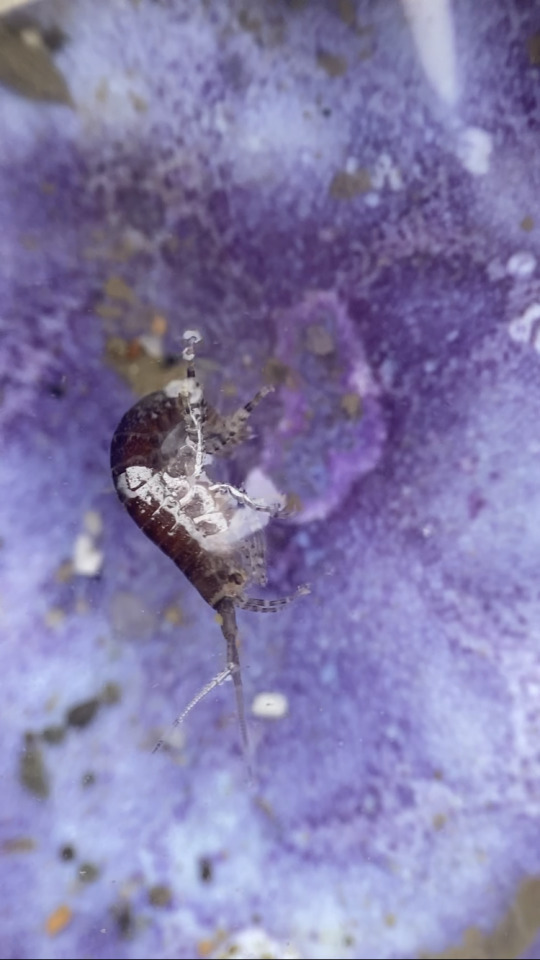

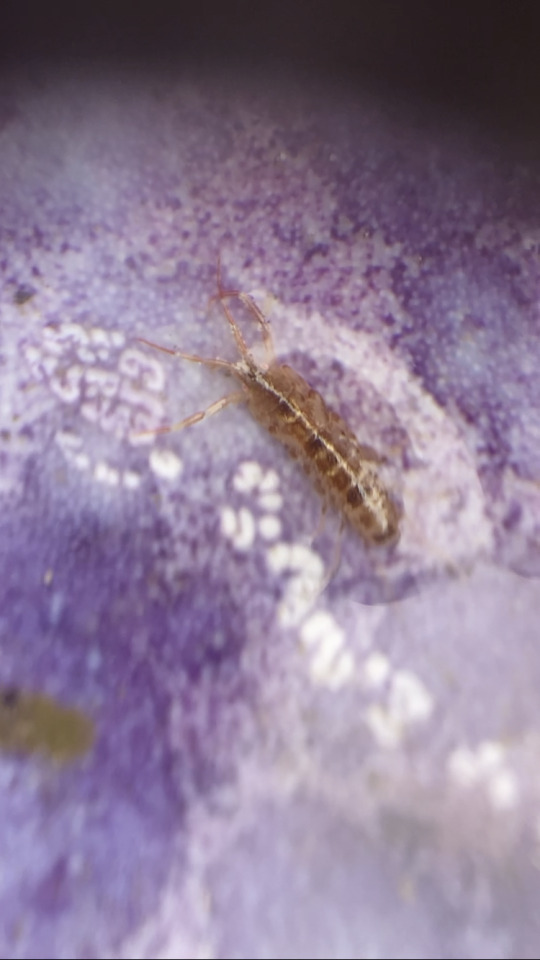

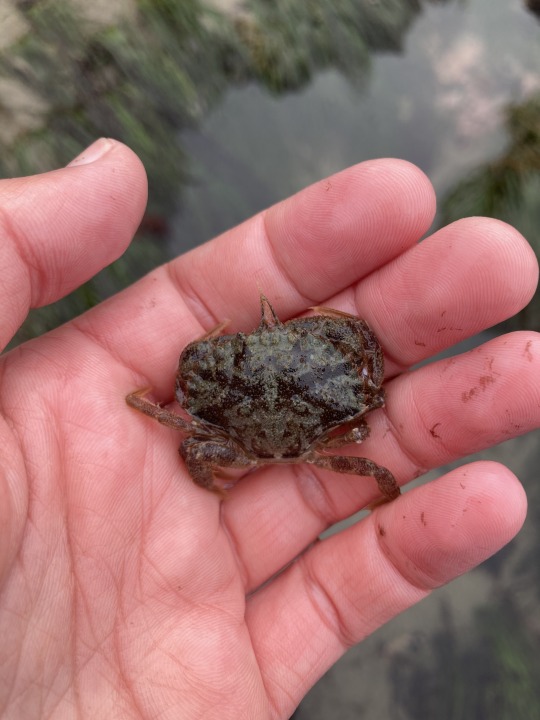
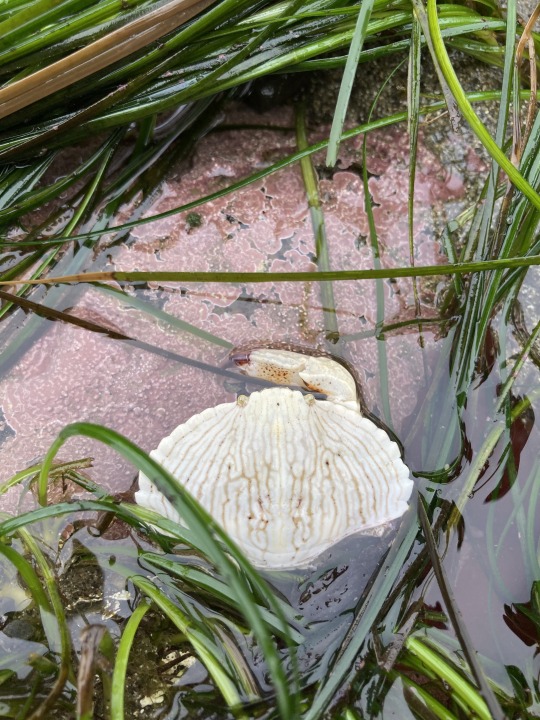

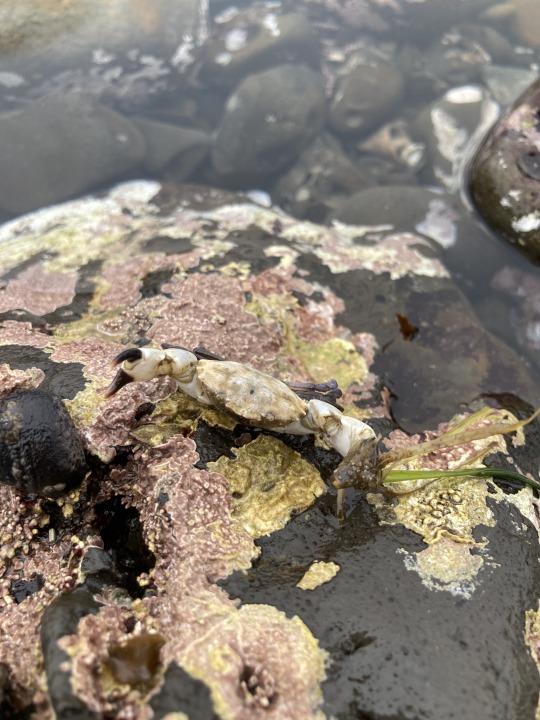

Got out on the rocks this weekend to celebrate Tiny Crustacean Fest.
Top: the tide was really fuckin low
2nd row: A very distressed mother and the brood of babies she released from her marsupium when I put her in the water to look at. :( Absolutely refuse to make an ID on her.
3rd row, left to right: Ischyroceridae (Ischyrocerus?), Aoridae (Aoroides?), Sphaeromatidae
4th row, left to right: Melitidae, Ericthonius sp.
5th row, left to right: Petrolisthes cinctipes, Romaleon branneri, Cancer productus
6th row, left to right: Hemigrapsus nudus (I've never seen one so big in CA!), Lophopanopeus bellus, some weird orange thing without an exoskeleton idk (jk i'm pretty sure it's Triopha maculata)
#Jasen and I went to the rocky intertidal and forgot everything we wanted to bring except a handlens#All the pics with a purple background were taken of critters floating in a rock crab carapace we found because we didn't bring a container#animal#arthropod#crustacean#amphipod#isopod#brachyura#anomura#mollusca#gastropod#nudibranch
11 notes
·
View notes
Text
it... not... crab...
Coconut crabs are not a branch of brachyura (or; "true crabs").
Coconut crabs are anomura.
What is and isn't a crab isn't binarily sorted into brachyura and anomura, there's also podotremata, which is an umbrella category full of non-crabs.
it blue...

#crab#coconut crab#crabposting#crabs#crabmeiser#anomuraposting#brachyura#podotremata#autism#crabs are my special interest and i get very emotional about them
805 notes
·
View notes
Text
BOTD: Slaty Spinetail

Photo: Ryan Mandelbaum
"Small, dark, and long-tailed. Difficult to see well. Overall gray with rufous wings and crown. Sexes alike. Stays hidden in weedy, tangled undergrowth at the edges of fields and secondary forest. Distinctive song often heard emerging from impenetrable thickets: a low, stuttered chatter."
- eBird
#birds#slaty spinetail#birds of north america#north american birds#spinetails#ovenbirds#passerines#birds of central america#birding#bird watching#birdblr#birblr#bird of the day#Synallaxis brachyura
25 notes
·
View notes
Text

October 10, 2023 - Slaty Spinetail or Slaty Castlebuilder (Synallaxis brachyura) These spinetails are found in scrub, thickets, and undergrowth at forest edges, overgrown clearings, the edges of swamps, and gardens in southern Central America and in parts of Ecuador and Colombia to northern Peru. They feed on invertebrates including beetles, butterflies, larvae, and spiders, as well as seeds, usually foraging in pairs. Their bulky nests are made from twigs and sticks, often with thorns, soft green leaves, spiderwebs, and sometimes snake or lizard skins. Both parents incubate the eggs and feed the chicks.
#slaty spinetail#spinetail#ovenbird#synallaxis brachyura#bird#birds#illustration#art#tropical#birblr art
63 notes
·
View notes
Text
basically carcinisation is when every few million years or so a hermit crab panics about how soft and naked their ass is and turns back into a regular crab. i would make an “otherwise it’s just sparkling convergent evolution” joke here but the hermit crabs really are the only ones who ever do this
#laurelnose.txt#tossup whether there’s something extra difficult about the morphological transition from lobster → squat lobster → crab for other clades#or if brachyura exploited those niches thoroughly enough that the transitional forms were less viable for clades not already halfway there#i love decapods a lot... panarthropoda the only place you get this level of morphological nonsense
12 notes
·
View notes
Photo
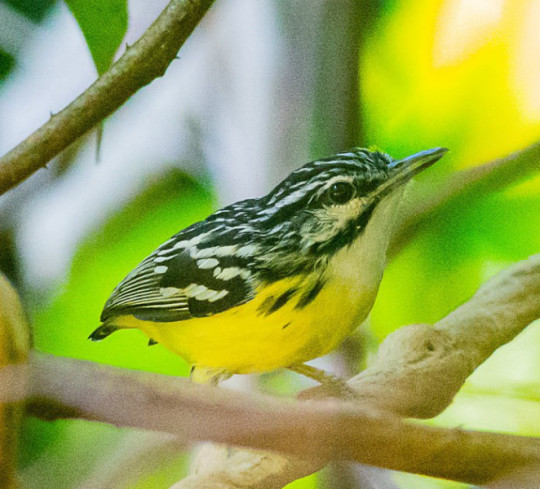
A new variant has been added!
Pygmy Antwren (Myrmotherula brachyura) © Anderson Sandro
It hatches from black, common, extensive, musical, orange, red, short, similar, tiny, white, yellow, and young eggs.
squawkoverflow - the ultimate bird collecting game 🥚 hatch ❤️ collect 🤝 connect
5 notes
·
View notes
Text
I couldn't be a carcinologist, it seems too overwhelming (but awesome!)
#learned about decarcinisation#and brachyura vs anomura#AAAAAAAAAAAAA#I love crabs#also#what the hell are coconut crabs#they're so fascinating!!!
0 notes
